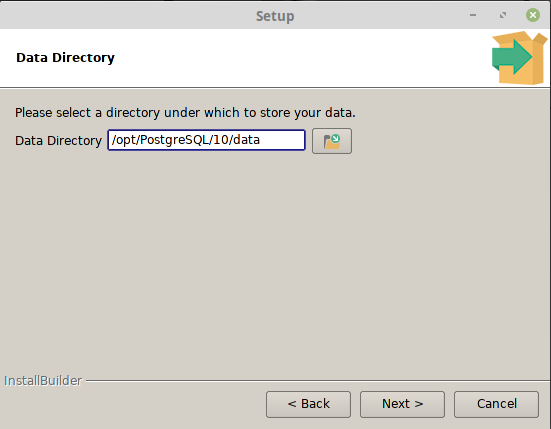
The CentOS 7 repository contains PostgreSQL by default. Install PostgreSQL on CentOS 7 Using the CentOS Repositories If you want PostgreSQL to launch automatically after a system reboot, use this command: sudo systemctl enable postgresql-15 Method 2. (Optional) Enable PostgreSQL Launch on Reboot Start the DatabaseĪfter that, launch PostgreSQL with the following command: sudo systemctl start postgresql-15 6. Then, initialize the database: sudo /usr/pgsql-15/bin/postgresql-15-setup initdb 5. Next is installing the PostgreSQL 15 server on your machine: sudo yum install -y postgresql15-server 4. Then, download and install the repository RPM for PostgreSQL by running the command below: sudo yum install -y 3.

The first step is to access your virtual server via an SSH client such as PuTTY. Keep in mind that choosing an older version from the official PostgreSQL website is also possible.

This way, users can be sure they are getting the latest version. The first method is to download PostgreSQL from its official repository. Install PostgreSQL on CentOS 7 Using the PostgreSQL Repository Let’s review each of these methods in more detail.

One of the main advantages of PostgreSQL is its large community.

For relational queries, PostgreSQL uses SQL, while non-relational queries are processed with JSON. Unlike NoSQL databases, PostgreSQL stores data in rows, columns, and tables.


 0 kommentar(er)
0 kommentar(er)
